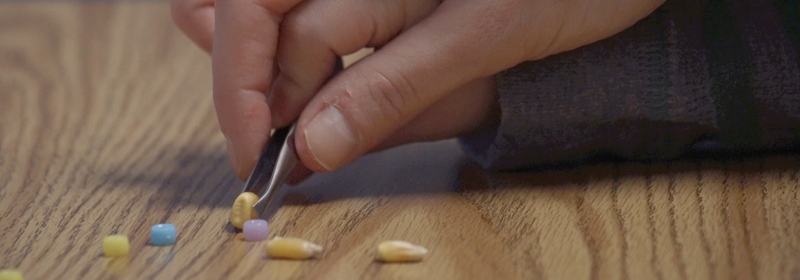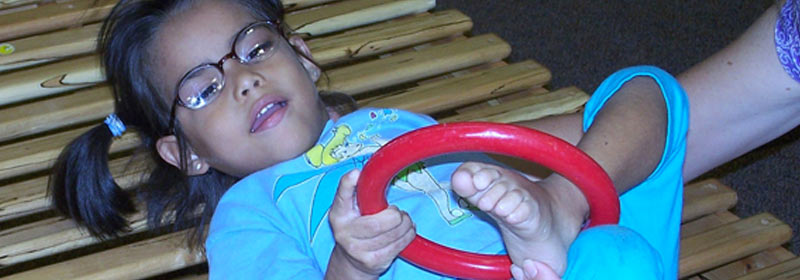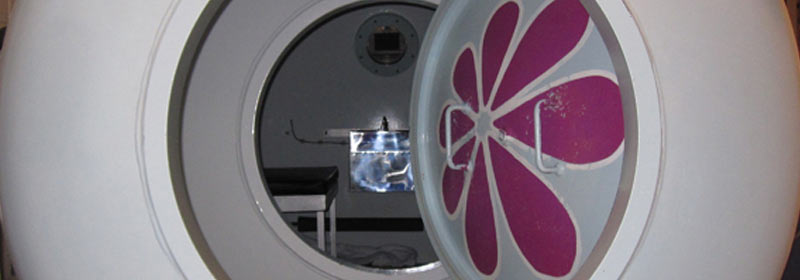Safety is No Accident
At Sara’s Garden, our mission to provide safe and effective Hyperbaric Oxygen Therapy (HBOT) treatments is no accident. The safety of our clients and staff is our top priority. Hyperbaric oxygen chambers are considered safe when used appropriately with trained staff who follow strict safety protocols. These safety protocols are crucial because increased oxygen concentration and pressure, while therapeutic, can also pose risks like ear and sinus pain, middle ear injuries, oxygen toxicity and fire hazards. Following these protocols helps to minimize these risks and maximize the benefits of HBOT.
Not all hyperbaric chambers are the same. It is important to understand the difference in how these chambers operate and the benefits you receive so that you may safely achieve your health goals.
Multiplace chambers, such as the one used here at Sara’s Garden, are the safest type of chambers in existence. Still, given the oxygen rich environment, a risk of fire and injury to the client in the chamber exists if you do not adhere to sound safety and maintenance protocols. Multiplace chambers are pressurized with ambient air, and oxygen is delivered through masks or hoods. This reduces the likelihood of a fire compared to monoplace chambers, which are pressurized with 100% oxygen.
The medical grade oxygen we use here at Sara’s Garden fills the client’s hood during the time of treatment only. This also reduces the chance for oxygen toxicity. While oxygen is beneficial for healing, high concentrations and pressures can lead to oxygen toxicity. Multiplace chambers reduce this risk by delivering oxygen through the masks or hoods since the chamber itself is pressurized with air.
The greatest risk of fire present in a multiplace hyperbaric chamber comes from unsafe items being brought into the chamber. Staff at Sara’s Garden do a pre-treatment safety check prior to anyone going into the chamber to avoid any unsafe, banned items from going into the chamber and potentially causing a spark.
Multiplace chambers hold more than one client at a time. This allows us to provide a health care professional attending to the clients in the chamber. The inside attendant aides the clients with any issues that may arise. Clients walk into the chamber and sit on their seat. Clients may also stand up and stretch during the treatment. Having more than one client in the chamber at a time, helps clients pass time by chatting with each other as they develop a sense of camaraderie, many becoming friends long after the treatments are completed.
The four registered nurses at Sara’s Garden are all Certified Hyperbaric Registered Nurses. (CHRN). According to the Baromedical Nurses Association, hyperbaric oxygen therapy requires nurses to have a heightened degree of patient assessment skills, advanced knowledge of specific disease processes, and the technical ability not elsewhere seen in nursing environments. CHRN signifies that a registered nurse has made the commitment to provide the best care for hyperbaric clients and to value education and nursing research in the hyperbaric community. We also have an EMT/Paramedic who is a great asset due to her knowledge in emergency care and assessment of clients.
The other type of chamber available is a monoplace hyperbaric chamber. One client at a time goes into a monoplace chamber at a time. The healthcare professional is outside the chamber. Clients who may have serious medical diagnosis may not be a candidate for a monoplace chamber since they don’t have an inside attendant to aide them in any medical or health issues that might arise. A claustrophobic client may not be able to go into a monoplace chamber due to the small space. Another disadvantage of a monoplace chamber is it poses a higher risk of fire. The entire chamber is pressurized with pure oxygen, not ambient air, so the risk of fire is much higher than in a multiplace chamber. Clients and staff need to be very diligent to follow strict safety protocols to maintain a safe environment.
While monoplace chambers are considered safe for human occupancy, these chambers carry the inherent dangers of creating a pressurized pure oxygen chamber environment. Monoplace chambers are as therapeutically effective as multiplace chambers. However, they are far more restrictive, as you cannot interact with others except to speak with a technician via an intercom system. Treatment in a monoplace chamber has often been described as being very claustrophobic and lonely. These factors lead to a high percentage of patients failing to comply with their HBOT program.
While both monoplace and multiplace chambers offer the same benefits of HBOT, multiplace chambers are often considered safer, especially for critically ill patients, due to the use of air pressurization, improved oxygen delivery, ventilation and circulation systems, patient interaction, and the ability to provide the highest level of patient support. No matter which type of chamber is used, clients receive 100% oxygen under pressure, thus allowing the body to begin the healing process.
No matter what you’ve been told, there is hope… for this and many other conditions. HBOT is treatment without drugs… without surgery… without pain.






